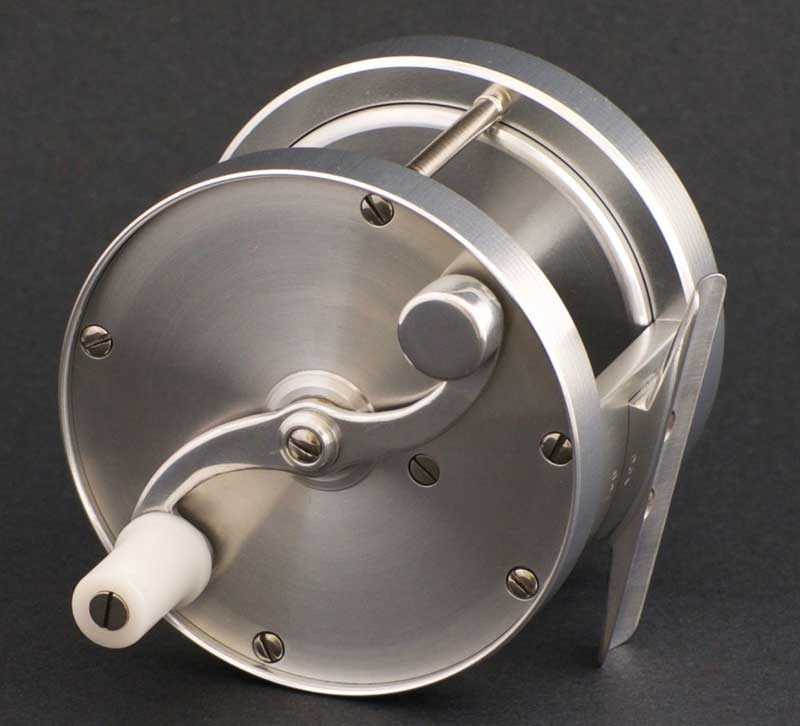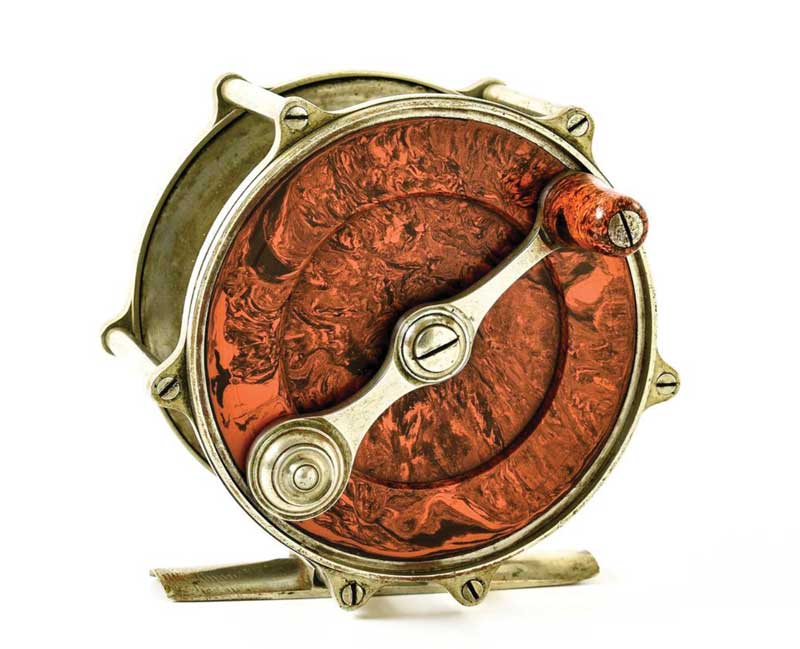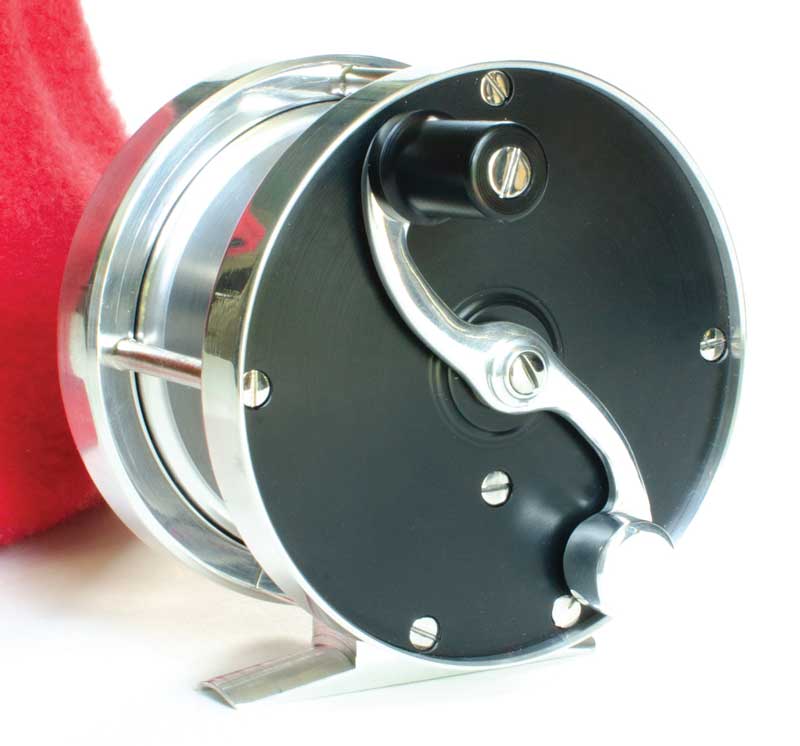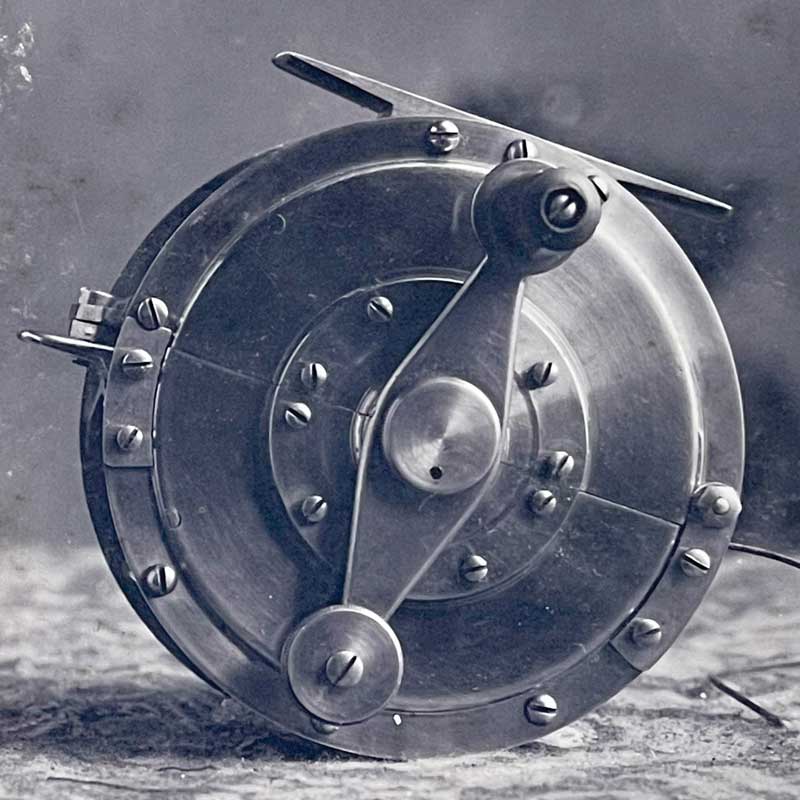Maine’s storied history of fishing tackle includes men who designed and built early salmon reels




<
But perhaps Atwood’s most unusual venture was the design and manufacturing of fishing reels. He filed five main reel patents, including one for an innovative and complicated hinged fishing reel that could be taken apart for oiling while still on the rod. He created another reel with glass side plates that would reveal the internal mechanisms.
He also designed a “variable tension” reel that allowed the angler to vary the tension on the reel from delicate to powerful while the reel was in operation. This design also had a crank lock that would lock the handle in place, eliminating the possibility of back-lashing and the resultant bird’s nest of tangled line that’s well known to many anglers. Alas, as many of the Atwood designs were overly complex and hard to manufacture, few of his reels were produced, but their scarcity makes them desirable for collectors.
Even though the heyday of Atlantic salmon fishing is long gone on such storied rivers as the Penobscot, where salmon clubs like the Penobscot Salmon Club and the Eddington Salmon Club were founded and where the ceremonial Presidential Salmon was killed and sent to the U.S. President every year, salmon reel making carries on.
Many of the classic salmon reels are still bought and sold and used by anglers on rivers around the world. Specialized retailers like the Spinoza Rod Company and the online auction platforms provide an active resale market for the finest examples from the best makers.
The design and manufacture of classic salmon fly reels continues in Maine today, with modern bench reel makers such as Todd Sands of Bangor, who was mentored by the master reel maker Dr. Paul Hermann.
Hermann designed and hand-made classic S-handle-style reels that remain popular with salmon fly-fishermen today. Hermann, impatient with not being able to purchase a salmon reel from the legendary reel maker Stan Bogdan, decided to design and make his own. A doctor with a practice in Winthrop, he taught himself how to machine the necessary parts through trial and error. He never viewed his reel making as a business, but more of a hobby that got out of control.
The design of the drag system for his reels was the biggest challenge, as Atlantic salmon are hard-fighting fish that require a strong drag on the reel to slow them down. He came up with the basic idea for his drag assembly by studying the brake system on railroad trains.
Hermann went on to produce over 300 reels over the years, and his reels still fetch over $2,000 apiece, if you can find one.
Steve Woit is the author of Fly Fishing Treasures, a book that includes over 800 photographs of classic antique fly fishing reels, bamboo fly rods, flies, accessories and ephemera, as well as 30 interviews with leading experts, museum curators, and collectors of antique fly fishing tackle. Learn more at www.flyfishingtreasures.com.






